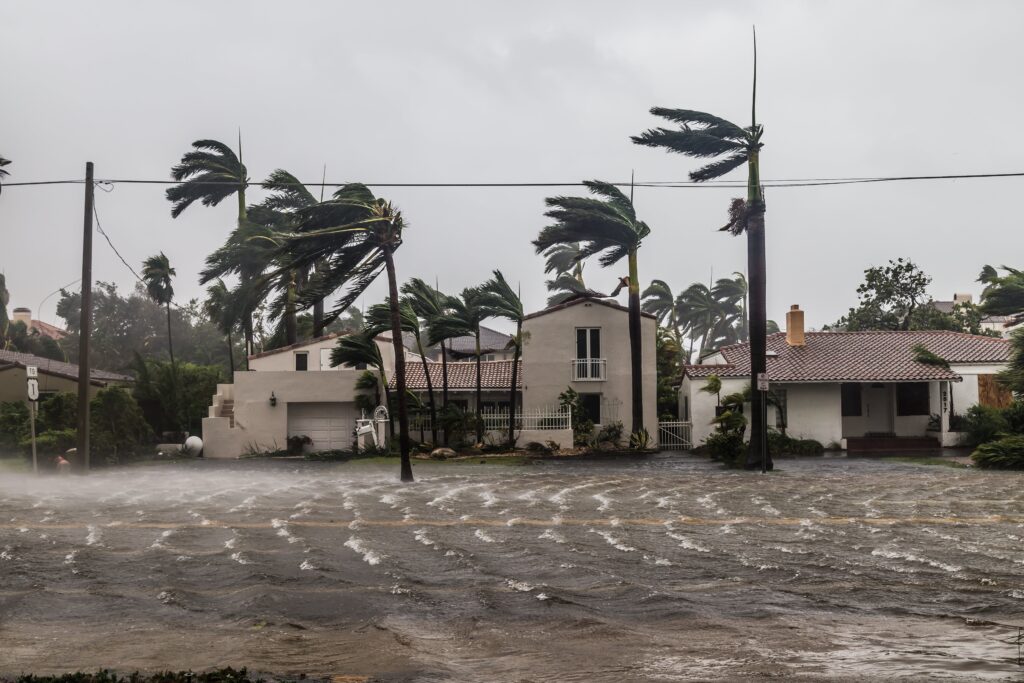Hurricane Melissa struck eastern Cuba early Wednesday with winds reaching 193 kph, after tearing through Jamaica as one of the Atlantic’s strongest recorded storms. Cuban officials confirmed that more than 700,000 people had been evacuated ahead of landfall near Chivirico in Santiago de Cuba province.
President Miguel Díaz-Canel announced that over half a million residents relocated to safer areas. Forecasters warned that the Category 3 storm could cause severe damage across Santiago de Cuba and nearby regions.
Meteorologists predicted storm surges up to 3.6 meters and rainfall exceeding 50 centimeters in parts of eastern Cuba. The U.S. National Hurricane Center cautioned that the heavy rain could cause deadly flash floods and landslides. Melissa was expected to cross Cuba before heading toward the Bahamas later Wednesday. A hurricane watch remained in effect for Bermuda.
President Warns of Economic and Human Toll
Cuban leaders fear the storm will intensify the nation’s worsening economic crisis, already marked by food and power shortages. President Díaz-Canel addressed the nation, saying, “There will be a lot of work to do. We know there will be significant damage.”
He assured citizens that “no one will be left behind” and pledged to use all available resources to safeguard lives. Díaz-Canel urged the public to take the storm seriously, calling it “the strongest ever to hit national territory.”
Authorities suspended classes across several provinces, from Guantánamo in the east to Camagüey in central Cuba. Emergency crews remained on standby to restore power and clear debris once the hurricane passes.
Experts warned that the widespread flooding and infrastructure damage could further strain Cuba’s fragile economy and delay recovery efforts already hampered by shortages of materials and fuel.
Jamaica Begins Cleanup as Death Toll Rises
As Cuba faced the storm, Jamaica began assessing the destruction left in its wake. Officials reported extensive damage in Clarendon and St. Elizabeth, where heavy flooding left entire communities under water.
Deputy Disaster Risk Council Chairman Desmond McKenzie confirmed that four hospitals sustained damage and one lost power, forcing the evacuation of 75 patients. More than half a million Jamaicans remained without electricity late Tuesday as fallen trees and downed power lines blocked roads and isolated neighborhoods.
The government announced plans to reopen airports by Thursday to speed up relief distribution. The storm has already claimed seven lives across the Caribbean — three in Jamaica, three in Haiti, and one in the Dominican Republic — with another person still missing.
As Melissa moves toward the Bahamas, regional governments brace for further impact, hoping their emergency measures can prevent more tragedy in the storm’s path.


